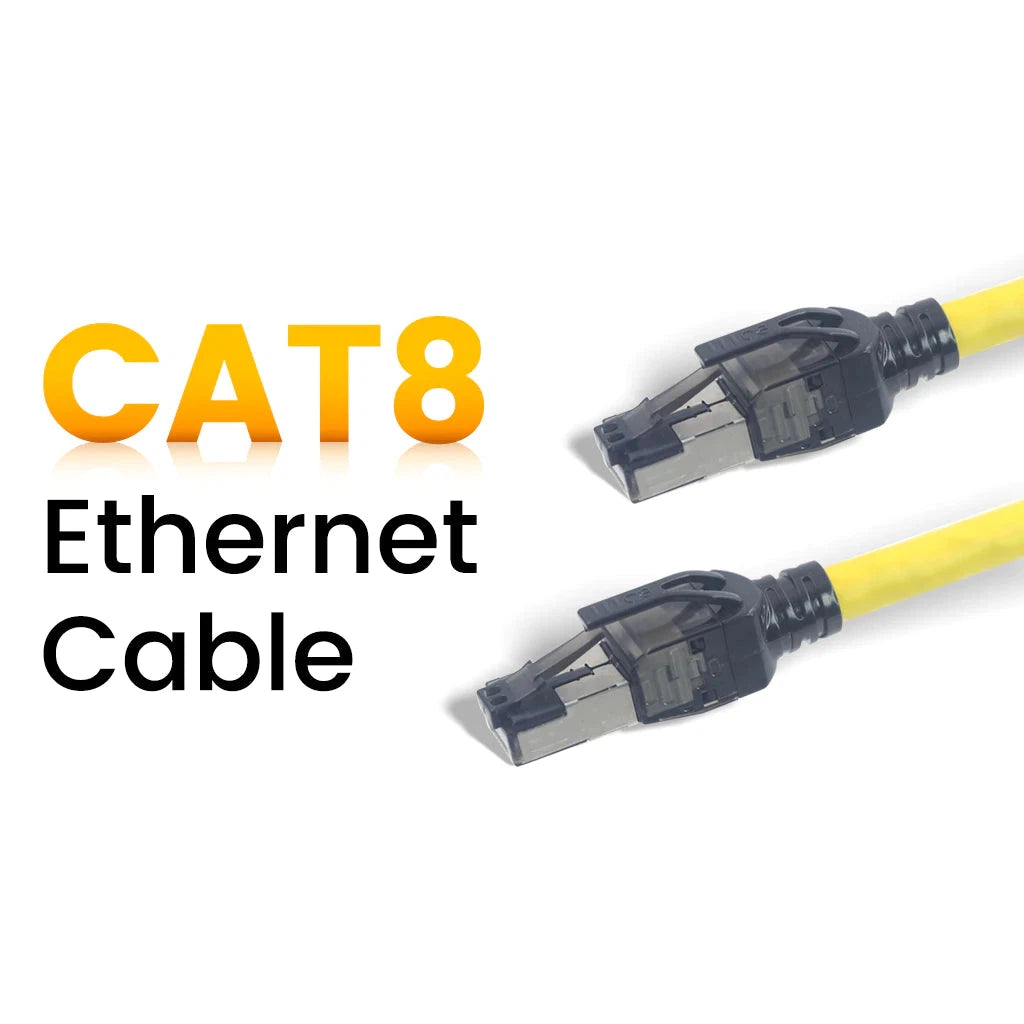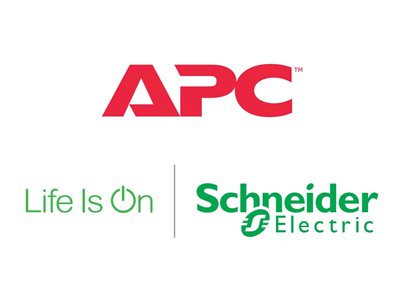Cat 8 Ethernet Cable Explained

In the realm of networking, Ethernet cables are a staple for anyone looking to create a wired connection between computers, switches, routers, and other network devices. As technology has evolved, so has the capabilities of these cables. Today, we delve into the Cat 8 Ethernet cable, understanding its unique features, advantages, and where it stands in comparison to its predecessors.
What is Cat 8 Ethernet Cable?
Cat 8, short for Category 8, is the newest Ethernet cable standard set by the Telecommunications Industry Association (TIA). Designed for data centers and professional-grade networks, Cat 8 cables offer a significant leap in terms of data rate and bandwidth compared to previous versions.
Specifications:
1. Speed and Bandwidth: Cat 8 supports bandwidths of up to 2000 MHz (2 GHz) and speeds of 25 Gbps (Gigabits per second) to 40 Gbps over a distance of up to 30 meters.
2. Construction: Cat 8 cables typically have a foil shielding, which provides protection against interference, ensuring that high data rates can be achieved without any loss or disruption.
3. Connectors: Cat 8 uses standard RJ45 connectors, which makes it compatible with older Ethernet devices, though utilizing it with older tech may not exploit its full potential.
Advantages of Cat 8:
1. Higher Data Rates: For businesses and operations that require high-speed data transfer, Cat 8 is the ideal solution, ensuring swift data transfers especially in server-to-server and server-to-switch connections.
2. Future-proofing: As technology trends towards higher data consumption and transfer speeds, having Cat 8 cables in place ensures that your infrastructure is ready for future advancements.
3. Reduced Latency: Faster speeds mean reduced data transfer latency, crucial for operations where every millisecond counts.
Comparison with Older Categories:
- Cat 7: Supports bandwidths up to 600 MHz and speeds of up to 10 Gbps. It also introduced enhanced shielding for reduced interference. However, Cat 8 provides more than triple the bandwidth and up to 4 times the data speed.
- Cat 6a: Offers bandwidths up to 500 MHz and speeds of up to 10 Gbps but over longer distances than Cat 7. While it's suitable for many current applications, its data rate is still significantly less than Cat 8.
- Cat 6: Has a maximum bandwidth of 250 MHz and data rates of 1 Gbps to 10 Gbps. This used to be the standard for many businesses but is now considered outdated for high-demand scenarios.
- Cat 5e: This is the most common cable in older setups, supporting up to 100 MHz bandwidth and 1 Gbps speeds. Compared to Cat 8, it's significantly slower.
Where Should Cat 8 Be Used?
Cat 8 is overkill for regular home use. Instead, its primary domain is:
1. Data Centers: The high-speed data transfers are crucial for server-to-server communication.
2. Enterprise Networks: Large organizations with massive data requirements can benefit from Cat 8's speed.
3. Professional Setups: Media houses, scientific research centers, or financial institutions where data transfer speeds are paramount.
Conclusion
The Cat 8 Ethernet cable is a testament to the rapid advancements in networking technology. As the demand for faster internet and data transfer speeds continues to grow, especially in professional and enterprise settings, cables like Cat 8 will become more commonplace. Whether you're building a new network infrastructure or upgrading an existing one, understanding your speed and bandwidth needs will determine whether Cat 8 is the right choice for you.







